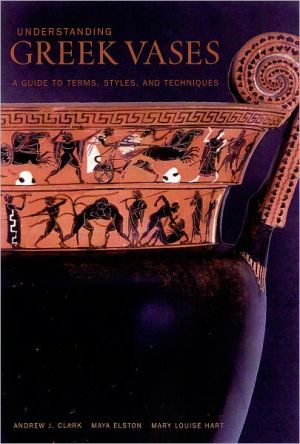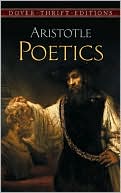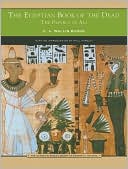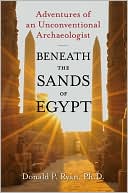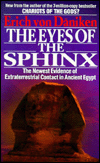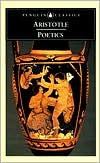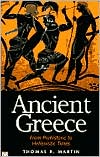Understanding Greek Vases: A Guide to Terms, Styles, and Techniques
What is a pyxis? Who was the Amasis Painter? How did Greek vases get their distinctive black and orange colors? This richly illustrated book--the latest in the popular Looking At series--offers definitions and descriptions of these and many other Greek vase shapes, painters, and techniques encountered in museum exhibitions and publications on ancient Greek ceramics. Included is an essay on how to look at Greek vases and another on the conservation of ancient ceramics. These essays provide...
Search in google:
What is a pyxis? Who was the Amasis Painter? How did Greek vases get their distinctive black and orange colors? This richly illustrated book—the latest in the popular Looking At series—offers definitions and descriptions of these and many other Greek vase shapes, painters, and techniques encountered in museum exhibitions and publications on ancient Greek ceramics. Included is an essay on how to look at Greek vases and another on the conservation of ancient ceramics. These essays provide succinct explanations of the terms most frequently encountered by museum-goers. The concise definitions are divided into two sections, one on potters and painters and another on vase shapes and technical terms relating to the construction and decoration of the vases. Featuring numerous color illustrations of Greek vases, many from the Getty Museum's collection, Understanding Greek Vases is an indispensable guide for anyone wishing to obtain a greater understanding and enjoyment of Greek ceramics.Library JournalThis latest addition to the "Looking At" series published by the J. Paul Getty Museum in Los Angeles is well organized and more comprehensive than the previous volumes in the series (others include European sculpture, illuminated manuscripts, etc.). Intended for general readers and museum visitors, it is more than just a dictionary of Greek vases. Greek ceramics scholar Clark includes a first chapter, "Looking at Ceramics," which gives background by explaining why and how Greek vases are studied. Because most of the Greek vases that remain today are broken and dirty, Maya Elston, associate curator of antiquities conservation at the Getty Museum, has also included a chapter on antique vase care and conservation. The glossaries that follow cover potters, painters, vase shapes, and such technical terms as alabastron, amphora, hyrdia, kythos, and oon. Beautiful and plentiful reproductions add richly to the scholarly text. What sets this book apart from other similar titles (e.g., any of the John Boardman texts) is the nonspecialist perspective and the addition of the conservation chapter. The book is concise yet packed with general information. Recommended for public and academic libraries.-Jennifer Moldwin Gustafson, Detroit Inst. of Arts Copyright 2002 Cahners Business Information.
\ Library JournalThis latest addition to the "Looking At" series published by the J. Paul Getty Museum in Los Angeles is well organized and more comprehensive than the previous volumes in the series (others include European sculpture, illuminated manuscripts, etc.). Intended for general readers and museum visitors, it is more than just a dictionary of Greek vases. Greek ceramics scholar Clark includes a first chapter, "Looking at Ceramics," which gives background by explaining why and how Greek vases are studied. Because most of the Greek vases that remain today are broken and dirty, Maya Elston, associate curator of antiquities conservation at the Getty Museum, has also included a chapter on antique vase care and conservation. The glossaries that follow cover potters, painters, vase shapes, and such technical terms as alabastron, amphora, hyrdia, kythos, and oon. Beautiful and plentiful reproductions add richly to the scholarly text. What sets this book apart from other similar titles (e.g., any of the John Boardman texts) is the nonspecialist perspective and the addition of the conservation chapter. The book is concise yet packed with general information. Recommended for public and academic libraries.-Jennifer Moldwin Gustafson, Detroit Inst. of Arts Copyright 2002 Cahners Business Information.\ \
